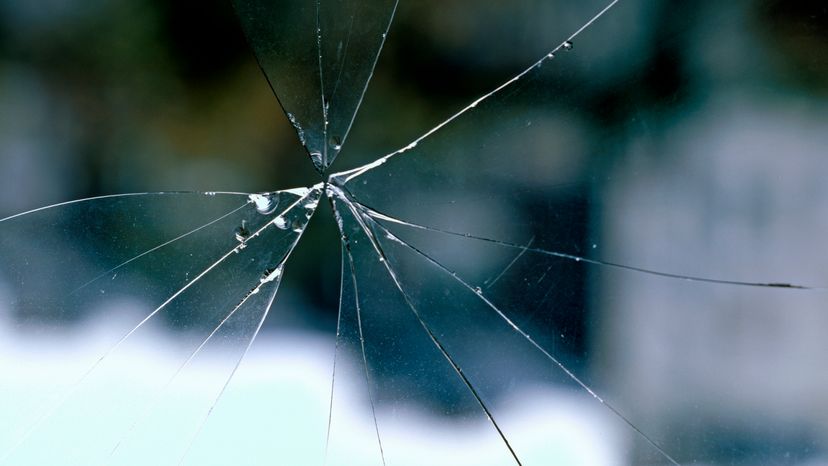
Key Takeaways
- Repairing a crack in fiberglass involves drilling a tiny hole at each end of the crack to prevent further extension, widening the crack slightly with a rotary blade for better epoxy application and filling the crack with fiberglass epoxy resin using a plastic applicator.
- After allowing the epoxy to dry for a day, smooth the area with sandpaper. Optionally, use a colored gel-coat enamel over the reapplied area to make the repair less noticeable.
- Safety precautions, such as wearing a face mask and gloves, are important when working with fiberglass to prevent inhaling glass particles and avoid cuts from glass strands.
Glass reinforced plastic (GRP), known as fiberglass or glass wool, is thin fibers of polymer (plastic) woven together with strands of glass. Fiberglass is used in innumerable consumer and industrial products from airplanes and automobiles to showers and insulation. When used in a finished product, fiberglass is mixed with a bonding material such as epoxy or thermoplastic, in order to shape it and strengthen it. There are some health hazards associated with handling GRP, especially when it's sold as glass wool.
Always wear a face mask when working with GRP so as not to breathe in any glass particles. It's also advisable to wear gloves, so the glass strands don't cut your fingers [source: New York City].
Advertisement
Fiberglass is rather easy to repair. Here's how.
- Drill a tiny hole at each end of the crack. This will stop the crack from extending any further.
- Examine the crack. If it's a hairline crack, use an electric or hand held rotary blade to widen the crack just a bit. This will make it possible to fill the crack with epoxy resin.
- Wipe the crack with a dry rag to make sure it's clean and dry. If it's not clean and dry the epoxy won't adhere well.
- Fill the crack with a fair amount of fiberglass epoxy resin, using a plastic applicator. Make sure the crack is completely filled.
- Let the epoxy dry for a day. When the area is dry, smooth the surface with sandpaper.
You may want to apply colored gel-coat enamel over the repaired area, so the repair won't be so noticeable. You may be able to obtain a small amount from an auto body shop.
[source: Plastic Genius]
Advertisement


